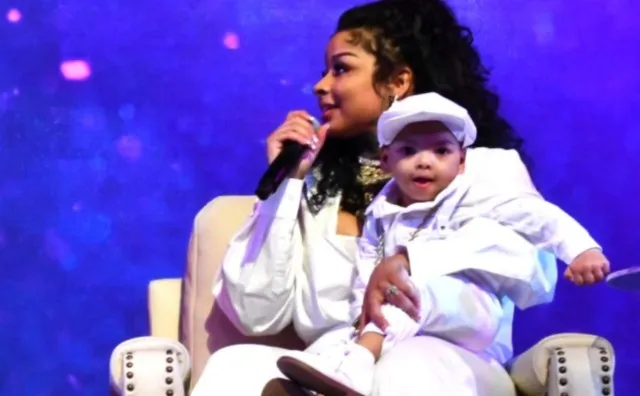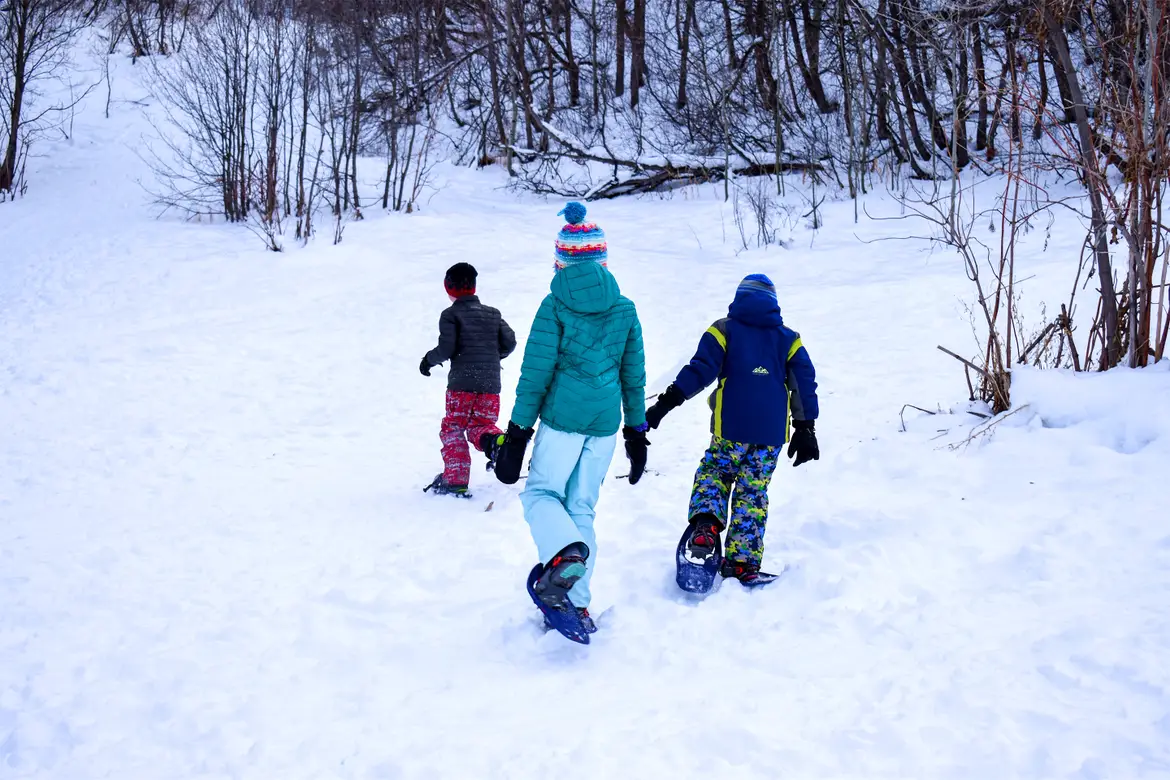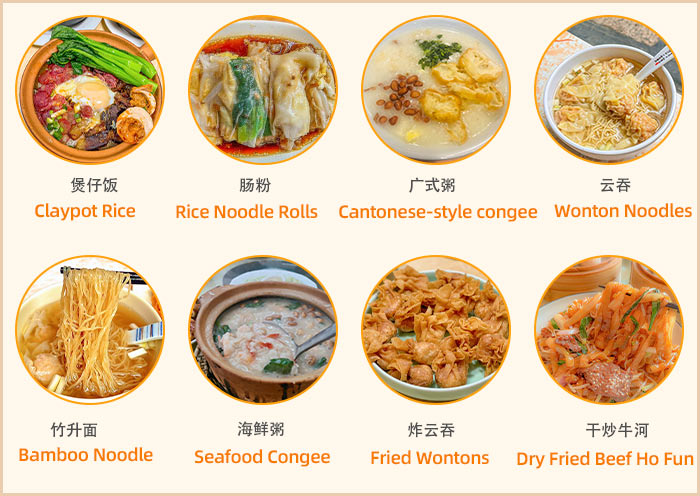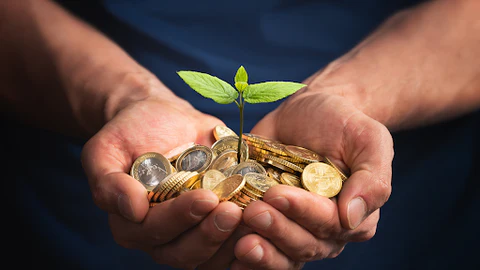In today's interconnected world, understanding and respecting cultural differences in greetings—particularly handshakes—is essential. This guide provides insights into adapting your handshake to align with diverse cultural norms, ensuring respectful and effective communication.

In a globally interconnected society, a simple gesture such as a handshake can have vast implications. While a firm handshake may signify confidence in one culture, it could be perceived as confrontational in another. It's crucial to explore and understand these cultural variations to enhance your interactions and leave a positive impression. Recognizing these differences demonstrates an awareness of and respect for cultural values and traditions, setting the tone for successful communication.
Before entering a new cultural environment, invest time in researching the norms associated with handshakes and greetings. Thorough preparation, whether through travel guides, online resources, or local cultural sensitivity programs, is vital. Connect with individuals familiar with the culture to gain firsthand insights. Equipped with this knowledge, you can navigate your interactions more effectively, adapting your handshake style to suit local customs.
Personal space preferences differ significantly across cultures, impacting how handshakes are performed. For instance, while some may embrace close physical proximity during greetings, others might stand further apart. Acknowledging these personal boundaries aids in delivering a handshake that feels comfortable for both parties. Respecting personal space fosters trust and makes others feel valued, laying the groundwork for strong relationships.
In various cultures, a handshake may not be the traditional greeting. For example, bowing is typically used in Japan, while in Thailand, a wai (a prayer-like gesture) is common. Knowing when and how to use these alternative greetings shows respect for the culture and enhances your social interactions. To effectively embrace these customs, share anecdotes or observe cultural practices firsthand, demonstrating your commitment to honoring local traditions.
Despite extensive research, cultural missteps can happen. It's essential to handle these situations with grace and respect. If you realize you've committed a faux pas, acknowledge it calmly, apologize if appropriate, and express your eagerness to learn. This approach highlights your commitment to cultural understanding and helps mend any potential awkwardness, transforming a mistake into a learning opportunity.
Adapting your handshake style to various cultural norms reflects your respect and cultural intelligence. By being culturally aware and sensitive, you not only strengthen individual relationships but also contribute to a more interconnected and understanding world. Ultimately, the right handshake goes beyond mere physical contact; it’s a testament to your openness to celebrate the richness of global diversity.
Kai Cenat Under Fire: Twitch Star Faces Potential Ban for Distracted Driving

Chrisean Rock's Emotional Performance: Singing 'Yahweh' with Baby Son

Family-Friendly Snow Sports Adventures: Your Ultimate Guide

6 Best Robot Vacuum Cleaners for Effortless Home Cleaning

Thrilling Snow Sports Adventures for Families

The Delicious World of Chinese Cuisine

Strategic Education: Selecting a Major for Financial Prosperity

The Impact of Artificial Intelligence on Tech Stocks

Ultimate Guide to the Best Sweeping Robots of 2024
